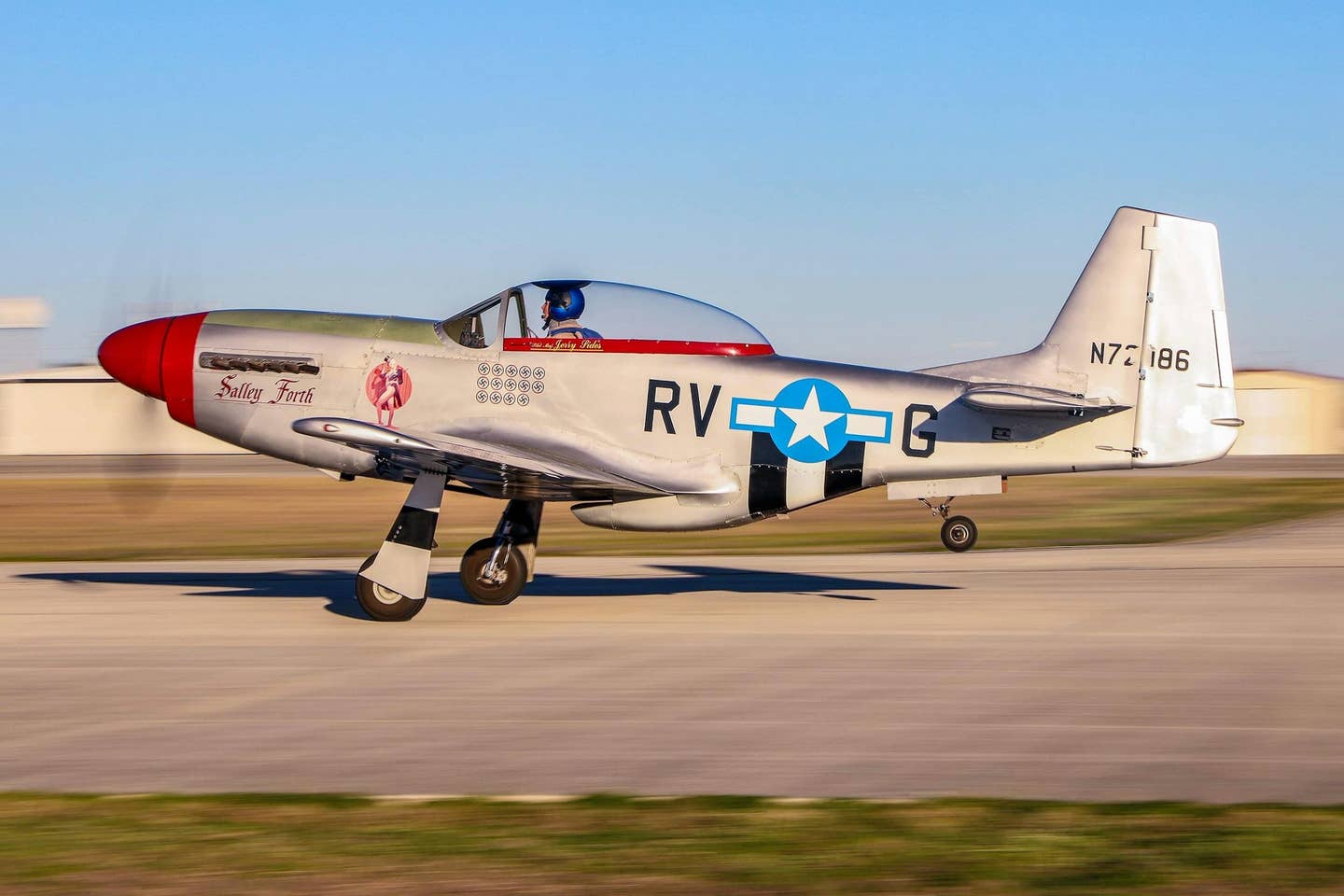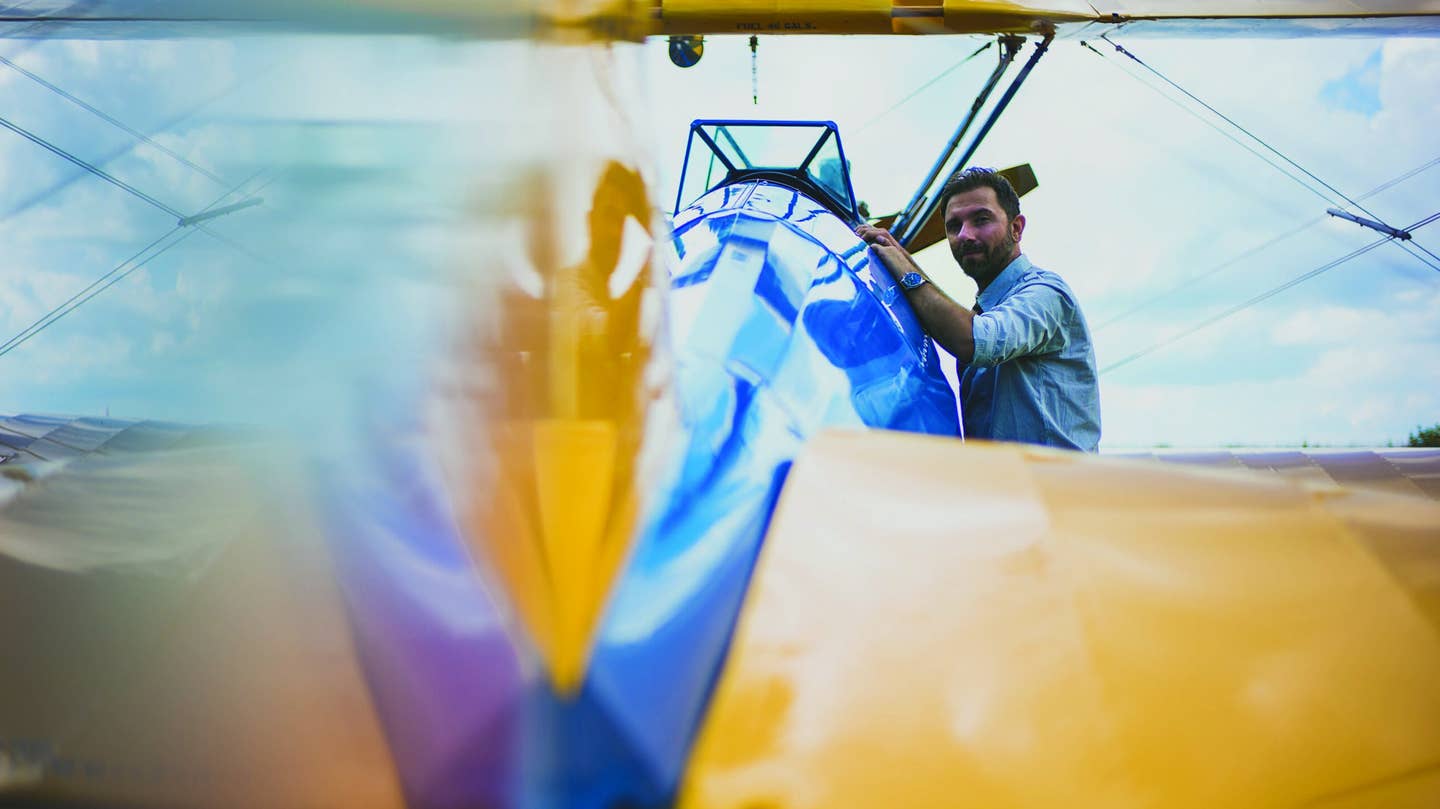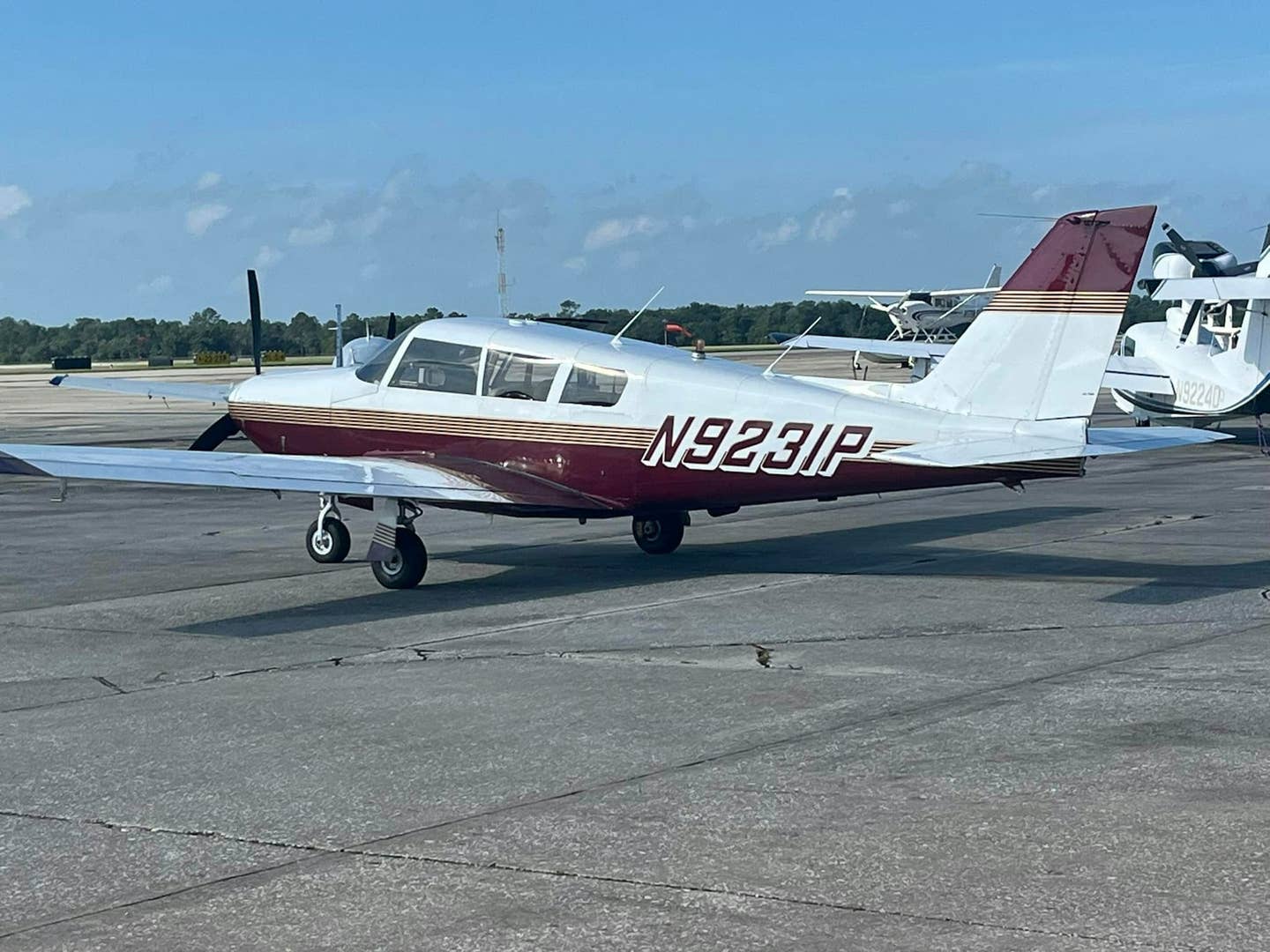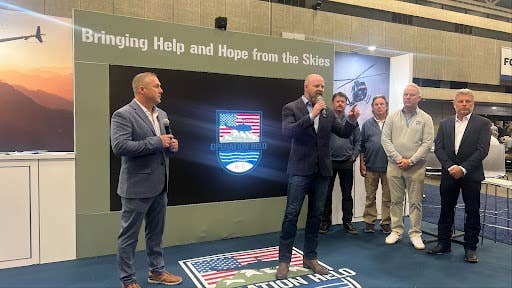
Cessna Cardinal RG
There were no firetrucks spewing plumes of water arching over the airplane as I taxied in after our final flight together. It wasn't my retirement flight, but the delivery flight to turn over the Cardinal RG I'd flown for almost 24 years to its new owner.
The Cardinal that I'd originally bought with a partner in 1986 had begun to show its age. An undiagnosed engine anomaly that turned up when the engine was well past TBO required a major expense to keep it flying, an expense that a change in my financial situation no longer permitted.
A number of readers wrote suggesting solutions to the conditions I outlined in my April column, "Time to Pull the Plug?" But the column didn't appear for several months after I wrote it, and by then the decision had been made. My wife, Judith, and I talked it over and, after investigating various options, decided it was time to sell the Cardinal. I felt that it was necessary to replace the engine (which had already been overhauled once, 20 years ago), and we opted to buy a Lycoming factory remanufactured zero-time engine in order to increase the airplane's marketability. At the same time, the annual inspection and IFR certification were due, so those were also accomplished when the new engine was hung. There are two versions of the IO-360 engine approved for the Cardinal RG, one with dual magnetos but with a single drive (-A1B6D) and the other with two entirely separate magnetos (-A1B6). Although the accident history hasn't supported it, the single-drive system does remove a level of redundancy. We opted to spring for the dual-drive mags as another selling point.
The only place I posted the Cardinal for sale was on the CFO (Cardinal Flyers Online) website. I guess my reluctance to spread the word was in an effort to be able to fly the airplane for a while as I waited patiently for any action on the listing. To my surprise, within days there were a number of queries from potential buyers. Requests for more information overwhelmed me. I wasn't really prepared. Although the interior was out and the inspection plates open for the annual inspection, I took more pictures, some in response to particular questions, and made an effort to create a sales brochure. Several of the pictures were designed to show the impressive job that Richmor Aviation's Joe Femia had done installing the new engine.
I was surprised at the activity the single CFO notice generated. Eventually there were three obviously serious prospects: an astronomy professor from Michigan, a pilot from Canada representing a group of pilots and a couple from Texas, who said they particularly liked the paint scheme.
Liz Atems, the woman from Michigan, arranged for a pre-buy inspection, and at that point, I agreed that if she decided she wanted it, the airplane would be hers. I advised the other potential buyers that I was in negotiations with a buyer but that, if something went wrong with the arrangements, I would let them know. Jerry Hamm, himself the owner of a Cardinal RG, flew over to Columbia County and spent a number of hours conducting what I felt was a pretty extensive pre-buy inspection. He seemed satisfied with the airplane's condition and the way it had been represented. His report back to the buyer was positive.
As I waited for the decision on the purchase, I began the break-in process for the new engine. Wow! From the start, running it hard, it performed flawlessly. I didn't really personify my Cardinal (though I would pet its nose as I walked past) but I began to think the airplane was trying to teach me a lesson for deciding to sell it. My landings had never been better; after 24 years, the airplane was finally letting me roll it on. And it was galloping along at cruise speeds 5 knots higher than any I'd ever seen. But our time together was more limited than I expected — or hoped.
After e-mails back and forth and a couple of phone conversations, Liz agreed to buy the airplane. When several of her efforts to retrieve the Cardinal fell through, I agreed to deliver the airplane to her at the Oakland/Troy Airport just north of Detroit.
Things continued to conspire to make me sorry to be losing the airplane. The ADS-B, which usually sits quietly refusing to display targets when I fly in the Northeast, started picking up targets near Syracuse as I flew west and, by the time I got near Detroit, was ablaze with targets. I'm not sure where the GBT (ground-based transceiver) was located, but descending on final to the Oakland/Troy Airport, the GMX 200 was still showing traffic, including another airplane two miles behind me on final that was landing at the airport. I was reminded that I wouldn't get to enjoy the eventual nationwide deployment of the ADS-B system that I've been promoting for years. And, while the Cardinal was down for the engine installation, my home airport of Columbia County (1B1), Hudson, New York, which has had LNAV-VNAV approaches to both ends of the single runway, was upgraded and now features LPV approaches to both runways. The Garmin 480 had let me take advantage of the LNAV-VNAV approaches, but now, if I still had the airplane, I'd have the added advantage of the precision approaches.
The flight to Oakland/Troy took 3½ hours, and in the 10 hours or so of break-in the engine used only one quart of oil. The CHT (cylinder head temperatures) on the JPI stayed level (within 30 degrees' difference) and were all in the low 300s. Joe Femia had warned me that on the first couple of flights the JPI levels might fluctuate wildly. They didn't. Apparently Lycoming's test cell accelerated the break-in.
On the flight to Detroit, the enormity of the change the sale would mean in our lifestyle slowly became a reality. Deciding to sell the airplane was similar in some ways to deciding to put down a pet — the same sense of guilt and relief. You know it's time but you'd rather not have to do it, and then you feel guilty at the relief after the decision has been made. I'd spent almost 24 years with my Cardinal, my socially acceptable mistress. And like a mistress — I assume — we'd shared both some delightful experiences and some occasional anxious moments.
When I taxied in at Oakland/Troy Airport (VLL), Liz was waiting expectantly. It was the first time we would meet, and I think we were both a bit nervous. I was looking for validation of my pride in the Cardinal, and Liz, I assume, was anxious about being assured that she hadn't made a mistake in agreeing to buy it.
I was pleased, when I started to explain the intention behind what some people have described as a "weird paint job," that she said, "It's a Cardinal! A male Cardinal. That's his crest on the cowl." She got it! She also was pleased by my "Women Fly" bumper sticker near the pilot's door. (I have since learned that she felt it strange that I had put my cattle brand on the airplane's doors and was considering how to remove it.)
Liz wanted to do a walk-around her way, which was fine by me. She was meticulous and actually discovered two loose screws. As she was performing her preflight, a young man stopped by: "I know that airplane," he said. "I don't know where I know it from, but I know that airplane!"
Of the two of us, the airplane — with its weird paint scheme — is often recognized while I can enjoy my anonymity. It's something Liz will have to get used to.
We sat in the airplane on the ground while I reviewed the avionics with her, and then we visited a couple of local airports. At Ray Community Airport (57D), where we stopped for fuel, there was a gathering of hangar flyers. One of them nodded to me. "We know all about your airplane," he said. I was perplexed about what he meant until he slid the April copy of Flying magazine across the table toward me. It was opened to my column, "Time to Pull the Plug?"
Liz, who has several hundred hours in Cardinals, was unhappy with her initial landings in my Cardinal and felt that a distortion in the windscreen was making it very difficult for her to judge her height above the ground. I had replaced the windscreen during the first annual after I got the airplane 23 years earlier and vaguely remembered being aware of some distortion at the time but had become completely unaware of it over the years. She found it very disconcerting, insisting it was a safety issue. Apparently she came close to backing out of the deal but in the end decided she would go through with the purchase but would have to replace the windscreen. I reluctantly agreed to split the cost.
From Ray we flew on to St. Clair County International (PHN) at Port Huron for a couple of landings and then back to Oakland/Troy to wrap up the paperwork. From there, Liz dropped me at Willow Run (YIP), where she'd been told a shuttle could take me to Detroit Metro to catch my Southwest Airlines flight (by way of Baltimore) back to Albany. Turned out there wasn't a shuttle, but Eric Paramore demonstrated the quality of customer service offered by Active Aero Services by volunteering to give me a ride. Paramore, a private pilot since the mid-1990s, said he's making a career of working on his instrument rating.
Since returning home, Liz has e-mailed me questions and comments about the airplane. I found myself understanding a mother's reaction when someone questions or criticizes her child. Eventually, Liz wrote: "It sounds as if you really miss the old bird, Tom! I don't blame you at all; he's a beauty and flies like a charm. You took very good care of him and I will try to do the same."
That made me feel better.
So what now? Well, I'll continue to fly and instruct. A good friend has generously offered to put me on the insurance for his Cardinal, but it won't be the same. Eventually, I expect I'll get over my postpartum depression. But damn, I miss my Cardinal!

Sign-up for newsletters & special offers!
Get the latest FLYING stories & special offers delivered directly to your inbox






